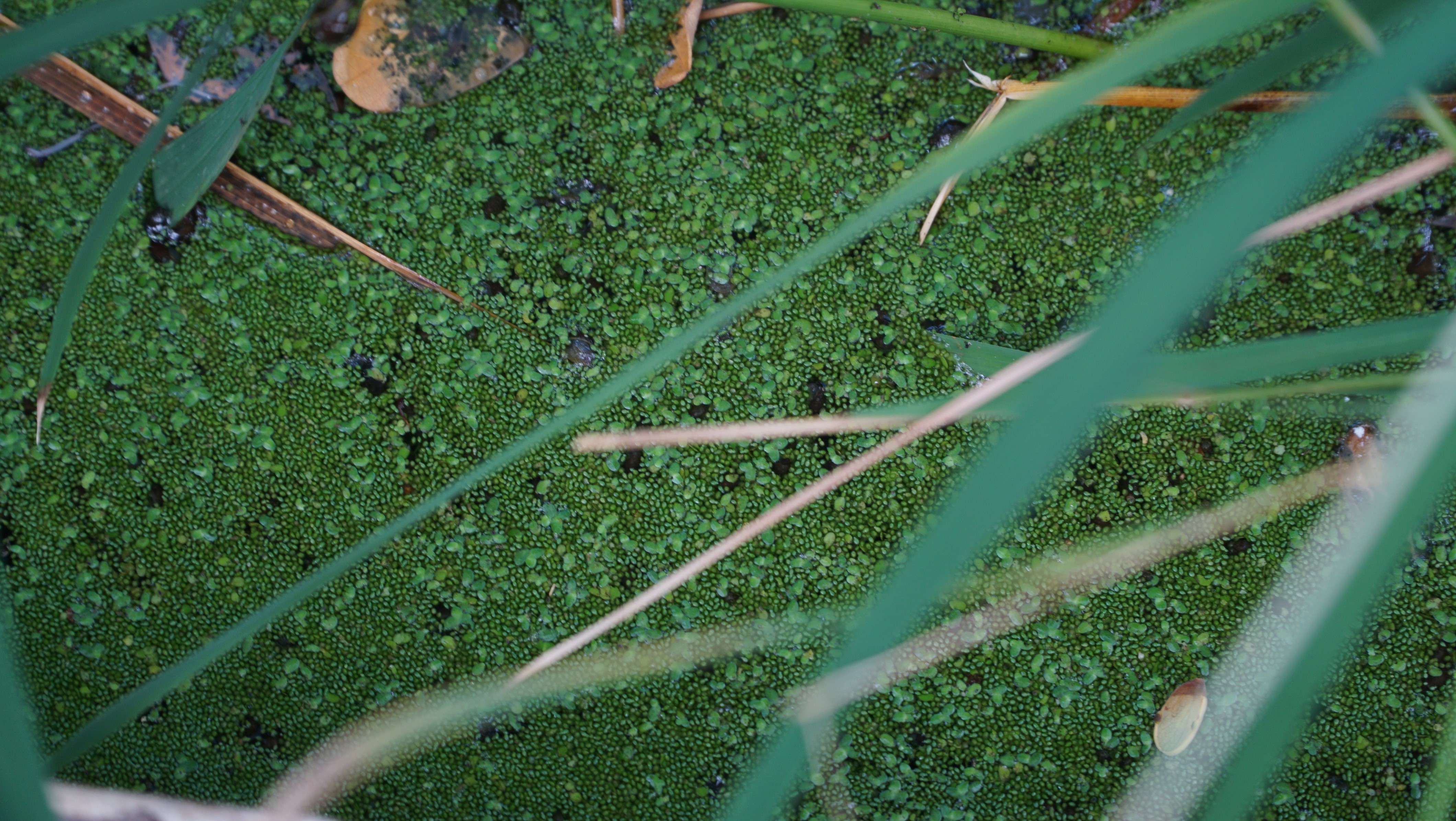Humanity is emitting 50 billion tons of greenhouse gases each year, resulting in the harming of the entire biosphere from the furthest reaches of the poles to the deepest ocean trenches[1]. Today, species are going extinct at a rate faster than all other extinctions in the history of the Earth. Entire ecosystems are disappearing, storms are getting stronger, and wildfires are becoming more intense and common. Climate change will even affect the Earth’s mantle by increasing the number of volcanic eruptions and earthquakes.
Luckily there are many innovative solutions to this global problem. These include rejuvenating forests by burying the reforested area in orange peels or changing the makeup of concrete to dramatically lower its carbon footprint. One of these amazing solutions includes the azolla fern, a plant capable of at least partially solving the problems of hunger, poverty, and climate change while enriching soils and providing clean energy and fuel worldwide[2]. But I am getting ahead of myself.

Photo by Macleay Grass Man from Wikimedia Commons
First, what on earth is the azolla fern and how is it even remotely possible for it to be able to do those things? The answer lies in the fact that this aquatic fern is not just a plant, but also a superorganism, defined as a group of individual organisms that behave like a single unit. In this case, another organism called anabaena, a type of cyanobacterium, lives inside of the fern itself. The purpose of the anabaena is to fixate atmospheric nitrogen into something usable for its host[3].
As the two organisms have coexisted for many millions of years, the anabaena and azolla fern are now quite efficient at multiple biological processes. For example, the azolla fern is among the fastest growing plants in the world and can double their biomass in as little as two days. Even fast-growing bamboo cannot keep with that rate[3].
As a result of these traits of nitrogen fixation and fast growth, the azolla fern can be used as a biofertilizer, livestock feed, human superfood, biofuel, greenhouse gas sequester, an intercrop with rice, mosquito control, wastewater treatment, mulch, biochar, bio-oil, weed-suppressor, compost, and possibly the production of bioplastics and hydrogen fuel among other uses[2], [3].
The azolla fern is both cheaper and a much more environmentally friendly biofertilizer than conventional inorganic fertilizers. Replacing certain inorganic fertilizers with azolla fern is a great idea because fertilizers contribute 5% of global greenhouse gas emissions. Those fertilizers also give off nitrous oxide, a gas 200 to 300 times better at trapping heat than carbon dioxide.
Replacing those fertilizers with azolla fern which is completely biodegradable and a much better option would solve these problems. Azolla fern is such a great biofertilizer because it naturally absorbs nitrogen in great amounts and has many other important nutrients. In straight numbers, this plant can produce 1600 pounds of nitrogen fertilizer per acre per year[4].

Photo by Ben Rose
As a livestock feed, azolla fern provides many key nutrients, is cheaper than other usual livestock feeds, and provides a lot of health benefits for the animals. Some of these health benefits include longer life spans, larger product yield (such as milk in cows), and higher quality of products. Azolla fern can replace up to 10 to 30% of the diets of most farm animals and most of the fish feed required to grow certain fish.
This is especially important in fish farming because fish feed can often be quite expensive and azolla fern quite simply is not. Using azolla fern would also lower the negative environmental impacts of fish farms[5].
In wastewater treatment, the azolla fern can offer a cheap solution. It can absorb excess phosphorus, nitrogen, nickel, cadmium, lead, fluoride, ammonium, dyes, and toxic metals. These materials can all be found in the wastewater ejected from industrial activities such as mining and petroleum refining among a whole host of other activities.
In developed countries the process of wastewater treatment removes all harmful materials from wastewater before discharging it, but this process is not universal. In the areas of the world where the treatment of wastewater is not as thorough, the azolla fern has great potential[6].
However, arguably one of the most important uses of azolla fern is its ability to remove carbon dioxide (CO2) from the atmosphere. In fact, the azolla fern is so good at this that it caused its own planetary cooling event by covering the entire Arctic Ocean approximately 50 million years ago. If you like numbers, the azolla fern can remove 32.5 metric tons of CO2 per hectare per year after 18 days of growth from an initial 10% cover size.
In other words, placing azolla fern in every rice paddy in Sri Lanka would remove 500,000 tons of CO2 from the atmosphere each year. That is half a million tons of greenhouse gases removed from the atmosphere on land used entirely for agriculture[7].
This gets even more amazing when you realize that when azolla fern is grown in a rice paddy, it can double or even triple the rice yield[8]. As an added bonus, it prevents any weeds from growing in the rice paddy and greatly reduces the methane emissions that usually comes from growing rice[9]. This is extremely important as the global production of rice emits 1.3 to 1.8% of global greenhouse gas emissions (an amount comparable to global aviation emissions) and around 10% of total agricultural emissions[10].
With all of these uses, the azolla fern has great potential to be a solution to many of the world’s largest problems. Even so, this plant is mainly constrained in its use to Southern Asia and is not at all widely known outside of the continent. This is extremely unfortunate as the plant is capable of so much more.
However, the azolla fern is not the only plant that can change the world. The water hyacinth has an even wider range of possibilities.

Photo by Ben Rose







.webp)








